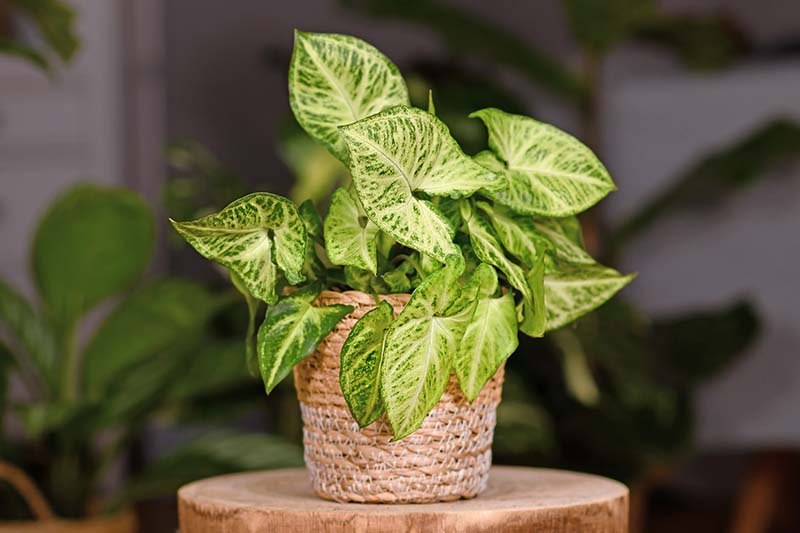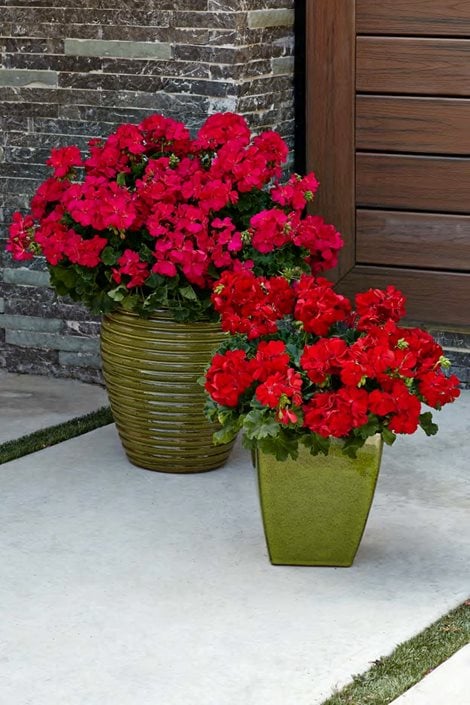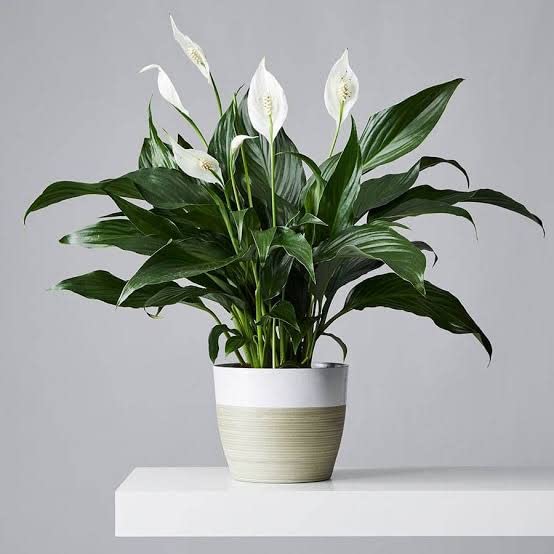Try forcing flower bulbs to bloom and grow indoors in a vase or jar of water to get a head start and save money on early spring bloomers.
You can also attempt growing flowers from a stem cutting in a vase or jar of water with some flowering plants. There are a dizzying number of plants that you can grow in water once you know how to take a proper cutting and how to encourage bulbs to flower.
To make it, you just need a few crucial components. You’ll need a sunny windowsill, fresh water, jars, bowls, glasses, or vases, and either some well-cut and trimmed stem cuttings or some large, healthy bulbs, and you’ll be well on your way to growing a variety of plants and flowers cheaply and simply without ever leaving your house.
Not all spring bulbs are suitable for forcing blooms in water, but a select few bulbs, such as crocus, daffodils, hyacinths, tulips, and others, are very easy to cultivate in water. Begonias, geraniums, and impatiens are just a few of the flowers that can be produced from cuttings and rooted in water. Bulbs are simple to grow, but you must select large, healthy bulbs and provide enough cooling time for many bulbs to germinate. It’s also simple to grow flowers from cuttings in water, but you’ll need to refill the water on a regular basis, and some flowers will need to be moved into soil once their roots have established.
Bulbs can thrive on simple water because they have their own storage mechanism for the carbohydrates they require for new development and the cells needed for root production. Flower bulbs forced to blossom in water will not live for long periods of time, but they will produce blooms and leaves that will last for a few weeks indoors. If you bought bulbs that weren’t pre-chilled, you’ll have to expose them to cold temperatures to get the embryo to break out of dormancy and blossom. To do so, place your bulbs in a paper bag and refrigerate them for around three months, but some flowers require less chilling time than others.
Cut a three to five inch green stem section that is actively growing to get the perfect cutting. Remove all of the bottom leaves from the cutting by cutting exactly at a leaf node attachment to the stem. Some plants require that the base end of the stem be dipped in a rooting hormone before being placed in water, but in either case, using a rooting hormone will improve your chances of rooting your cuttings, so it is better to use a rooting hormone, whether required or not, to improve your chances of rooting your cuttings.
Plants grown in water can sometimes become floppy and droop, which is not what anyone wants. This can be avoided by placing the stem in a tall container that supports it. Most cuttings are only partially buried in water, whereas bulbs are sometimes entirely submerged and occasionally hanging over the water source, with only the roots submerged. You may also fill a tall vase with pebbles or beads and place the plant inside, allowing the roots to develop into the pebbles while the bulb and above-ground portion of the plant remain dry, extending the time the flowers are producing and looking their best.
Keep an eye on the water level and refill the container if it gets too low, regardless of the method you employ. Within two to three weeks, bulbs that have been adequately refrigerated before being placed in water, as well as cuttings that have been carefully cut and clipped and grown in water will produce blooms. Our best selections for indoor water gardening is the following five flowers:
1. ARROWHEAD (SYNGONIUM PODOPHYLLUM)-:


This natural climbing plant from the rainforest is ideal for living walls and hanging baskets. The leaves of the arrowhead are lovely all year, but the white, orchid-like blooms are particularly spectacular. To foster full root development, submerge divided arrowhead plants or stem cuttings in water and position them in direct sunshine. It’s up to you whether you want to leave it in a water source or transplant it into a soil-filled container once the roots are strong.
2. CROCUS (CROCUS)-:
Crocus in water is easy to grow if you get the timing right and start with the best-looking bulbs you can locate. Look for solid, plump bulbs that don’t have any blemishes or soft spots. You’ll need as many bulbs as it takes to fill your vase’s mouth. You’ll want to use a vase with a narrow neck for crocuses. Fill a brown paper sack with moistened sphagnum moss and your crocus bulbs. Refrigerate the crocus bulbs for 10 to 15 weeks at roughly 40 degrees Fahrenheit in the warmest part of your refrigerator.
Remove the bumps from the paper bag after 15 weeks and place them in a vase. Fill a low glass vase with a narrow neck with small ornamental stones to within a couple of inches. You can use either natural or glass stones, depending on your preference. Fill the container with water until the water level is slightly over the pebbles. Fill the vase halfway with bulbs, pointy sides facing upwards and flat bottom edges slightly touching the water. Allow two weeks for sprouts to emerge after placing the vase in a cold but sunny setting.
3. GERANIUMS (PELARGONIUM)-:


Geraniums are widespread in outdoor flower gardens and as houseplants, so you may already be familiar with them. However, you may not be aware that geraniums may also be grown in a container of water.
Begin by taking a six-inch-long clipping from a healthy geranium plant. Except for the leaves at the top of the cutting, remove all of the leaves. Then place the clipping in a container filled with lukewarm tap water and place it in a light position to grow.
However, avoid placing your cutting board in direct sunlight, since this might cause heat damage or sunscald. Ensure that none of the geranium’s remaining leaves are submerged beneath the water’s surface, as leaves in the water can promote rot and mildew.
4. HYACINTH (HYACINTHUS)-:


Refrigerate your hyacinth bulbs for eight to ten weeks before planting. Put your bulbs in water as soon as possible after the chilling time is through. Plant new bulbs every few weeks in the fall if you want to enjoy your hyacinths all winter.
Fill a clear or colorful glass bulb vase halfway with pebbles, then set the hyacinth bulbs in the vase’s neck so that only the root side is in contact with the water. Then, put the vase somewhere cold and dark, like a garage or an outside shed. You should see a mass of roots and a green sprout developing after six weeks.
Move the vase to a bright, warm spot once the shoot reaches two or three inches in height, and watch it bloom in splendor. To keep your hyacinth stems straight, turn the vase slowly, gradually, and consistently. Combine a few hyacinths on a windowsill to maximize the fragrance’s potency in your home.
PEACE LILY (SPATHIPHYLLUM)-:


The stately peace lily is well-known among houseplant collectors for its dark green ridged lance-shaped leaves and soft white teardrop-shaped blossoms in the spring. Peace lilies are low-maintenance plants that bloom for two to three months and don’t require much sunlight. The best part is that you can grow them in a water container if you like.
Remove the peace lily from its pot before transplanting it into a container of water. Clean the plant’s root system with lukewarm water, removing any soil or mud that has clung to it. Then cut away any damaged or dead roots with clean, sanitized gardening shears. Then trim away all except four or five of the peace lily’s leaves, which will remain attached to the plant.
Return the cleaned and trimmed peace lily to its new container, which should have no drainage holes. Fill the container halfway with lukewarm tap water, just enough to cover the root system of the peace lily plant. Pour away any remaining water in the container once a week and replace it with a fresh batch of lukewarm tap water.
The list of plants that may be regrown in a vase or a bowl of water is astounding, and it’s especially intriguing for gardeners looking for ways to save costs without sacrificing plant quality or quantity. Plants of all kinds can be propagated for free if you have a close relationship with someone who already has an established plant. You can reproduce a garden full of plants directly on your window sills with just a few good cuttings, a little water, and a few decent containers.
Also Read – 7 Gorgeous Flowering Vines For Your Garden





